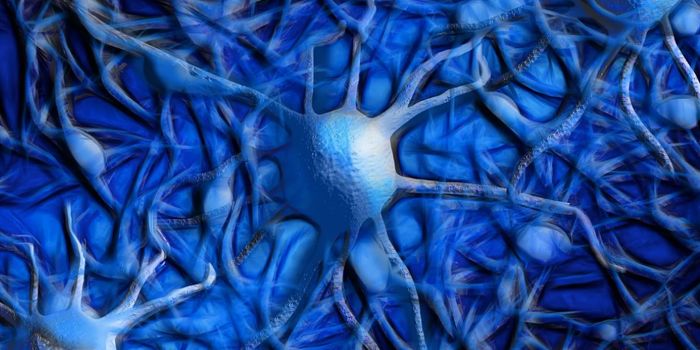MYC is a proto-oncogene, meaning it can contribute to the development of cancer when it carries mutations. It’s a transcription factor, so it controls the expression of genes, and it can bind freely to DNA to activate genes that are related to growth. Research has implicated this gene in the development of most human tumor types; high levels of MYC have been found in many tumors. However, the mechanism by which it causes tumor growth is not known. Researchers in the lab of Daniel Larson at the National Cancer Institute are using new techniques to investigate how MYC is working in cells.
Active genes are transcribed by the cell into RNA before being made into protein. Transcription factors can activate the expression of a specific gene or set of target genes. But researchers have found that MYC is able to raise the transcription of genes non-specifically - the activity of any random gene can be increased by MYC. "MYC is like a volume knob for gene transcription--it doesn't turn genes on, but it does turn up the activity of genes that are already active," Larson explained.
Imaging techniques employed in the Patange lab can track transcriptional activity in individual live cells. That led to the finding that cells that carry high levels of MYC also have globally higher levels of RNA; those high RNA levels indicate that the expression of active genes was increased. The researchers also identified small differences in gene transcription from cell to cell.
“The fact that MYC allows more gene expression and can lead to minute differences in RNA levels between cells might allow an individual cell to go down a path towards cancer,” Patange said.
Because MYC activates the transcription of other genes, it can be tough to tease apart how it impacts different genes. To overcome that problem, Patange’s team created a version of MYC that can be controlled with light; the researchers can regulate when it enters or exits the nucleus to determine the immediate response.
"Now we have a system where we can precisely look at how genes are being transcribed in response to MYC, that's a major advance," Larson said.
Their efforts may help us learn how MYC encourages cancer. A graduate candidate in the Larson lab, Simona Patange, will be presenting new findings from the group at the 63rd annual meeting of the Biophysical Society.
Daniel Larson shows how his lab studies transcription in cells in this talk at the Koch Institute in 2017.
Sources: AAAS/Eurekalert! via Biophysical Society









